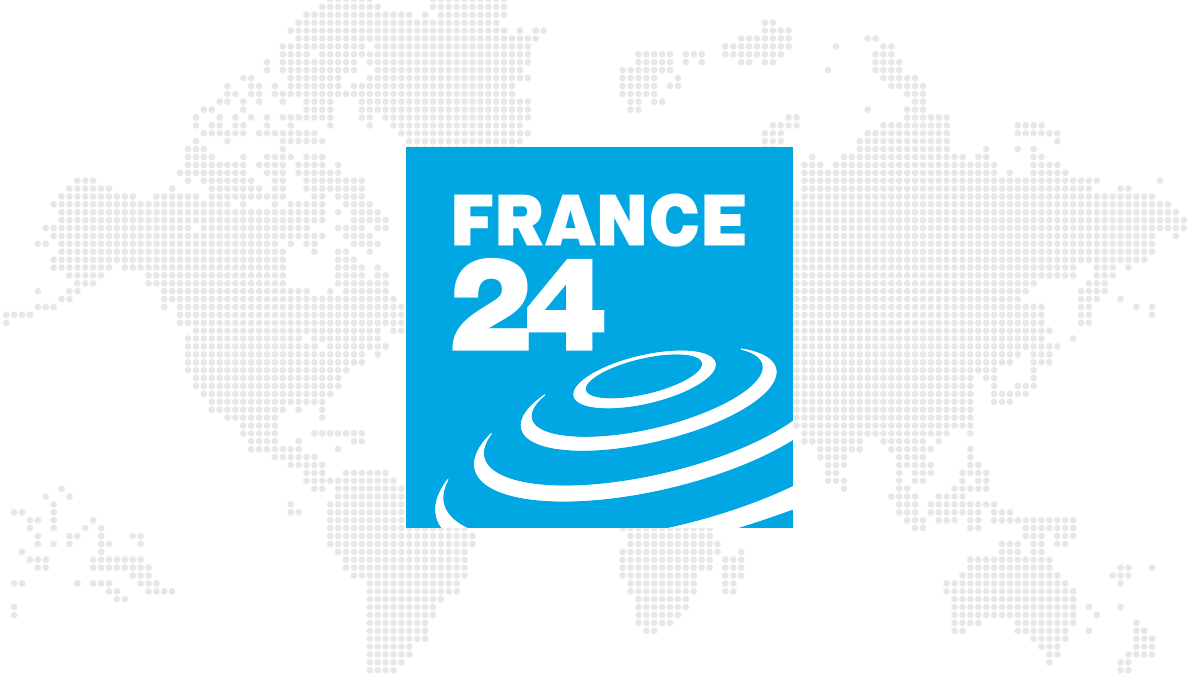New York (AFP)
More than 100 journalists have been attacked by police or protesters since the start of the rallies in the United States, the result of a climate of distrust of the media fueled by Donald Trump but also other less visible factors .
According to the Press Freedom Tracker site, more than 140 journalists have already been physically attacked in a week during the protests following the death of George Floyd, the vast majority by the police (118), but also by protesters (25).
This is more than the total recorded over the total of the two years 2018 and 2019, according to the database of the same site.
At least 33 of them have been arrested, such as reporter for a local New Jersey daily, The Asbury Park Press, Gustavo Martinez Contreras, or Bridget Bennett, freelance AFP photographer in Las Vegas, released but summoned to court in late July.
We must "stop deliberately targeting journalists on the ground," urged 28 professional associations in an open letter to the police.
Rubber bullets, tear gas, batons and shields have been used "to attack (members of) the press like never before in the history of this country", worry the organizations.
In several cities or states, elected officials have taken a stand against these abuses.
For many, these repeated attacks are the result of a climate fueled by the American president, who accuses the press daily, at best, of lying, at worst of transforming information to serve it.
"When the leader of the free world does not respect the press, why should we expect people to do it?" Asked Tom Jones of the Poynter Media Observatory.
This undermining work is part of a heavier trend of increased distrust of the media over the past two decades, in the United States but also elsewhere, as illustrated by the movement of yellow vests in France.
"For years," recalls Tom Jones, "we warn that Trump's words will eventually overtake rhetoric and lead to violence."
The beatings by police officers to several Australian journalists on Monday during the hasty evacuation of the area around the White House before an exit from Donald Trump have completed setting the tone, for several observers.
"This is what we would expect to see in Tahrir Square (Egypt), Maidan Square (Ukraine) or in Tehran, but not in Washington," tweeted Suzanne Nossel, director of the PEN America association.
"Fortunately we were not injured, but psychologically it is not easy," said Dan Lampariello, a reporter for WBFF-TV, a local Fox station, who was chased twice by protesters on Saturday night in Baltimore.
Since then, the television reporter has returned to the field, but accompanied by a security specialist and has stayed further from the action.
- "We are the witnesses" -
For more than a decade, the news channels have given the news of "breaking news", live events, and are omnipresent in the field. The image has become queen.
The presence of a camera can provoke reactions, sometimes aggressive, which will not be provoked by a radio journalist or a press reporter.
Added to this is the democratization of the smartphone and the improvement of the network's capacities which allow video to be transmitted easily.
"Everyone films everything," said Patricia Gallagher Newberry, president of the Society of Professional Journalists (SPJ).
"So it is difficult to discern" the protester and the onlooker, who capture their own images, "and the journalist who takes images because it is his job," she said. "It makes things less clear."
In many cases, the journalists taken to task had identified themselves orally as such.
But "sometimes the police don't hear, don't care or even don't believe it, because anyone with a camera can say + I'm in the press + to take advantage of the situation", analyzes Patricia Newberry, who is also a professor at the University of Miami in Ohio.
To these trends which took shape well before the start of the demonstrations, there is an unprecedented element linked to the pandemic: "journalists have masks", she said, which also makes their identification difficult.
Despite these circumstances, "the police are there to protect journalists," as are peaceful protesters, said Tom Jones, "not to attack them."
"Journalists are not the key players in what is going on," said Patricia Newberry. "We are the witnesses. Why should witnesses be subjected to violence?"
© 2020 AFP

